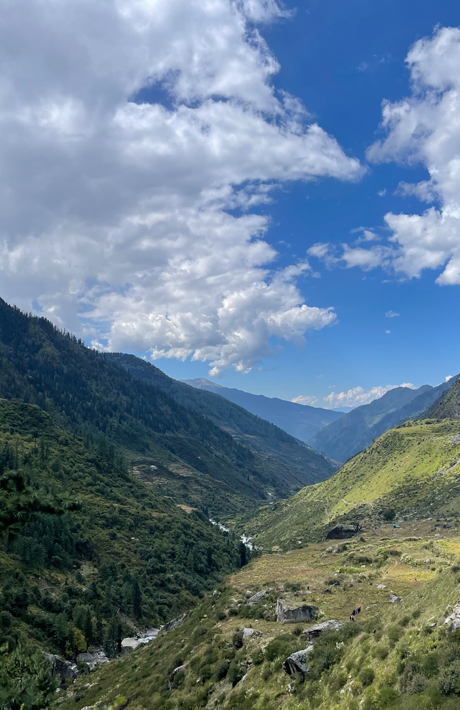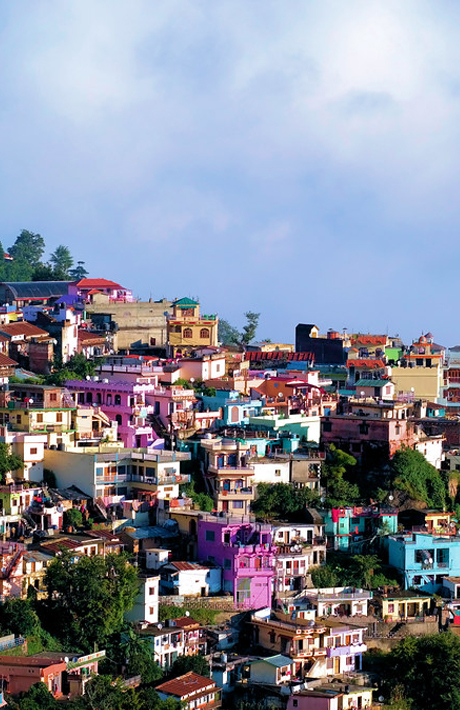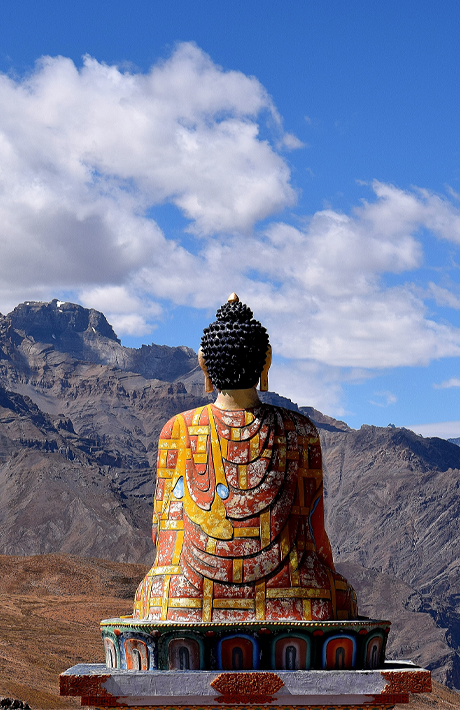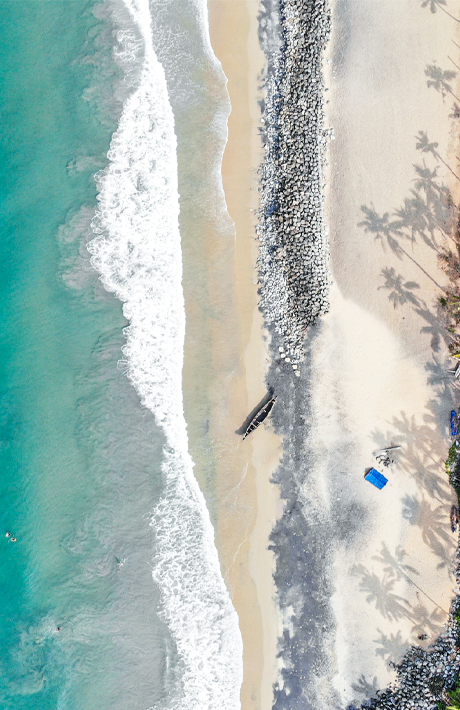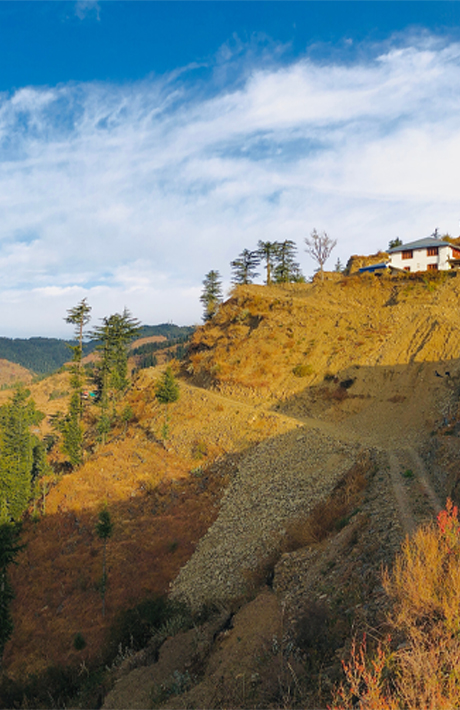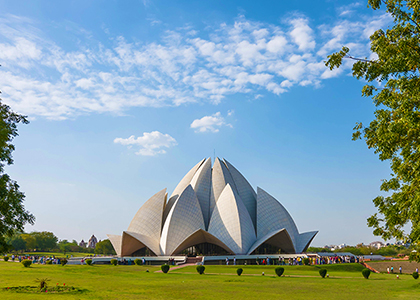
Key Monastery
In the Spiti Valley of Himachal Pradesh, India, there is a well-known Tibetan Buddhist monastery called The Key Monastery. The Kye Gompa, Ki Monastery, and Ki Gompa are further names for it. The monastery is roughly 16 kilometers from Kaza, the Spiti Valley's administrative hub, and is located at an elevation of 4,166 meters (13,668 feet) above sea level. With a history spanning more than a thousand years, The Key Monastery is one of the largest and oldest Tibetan Buddhist monasteries in Spiti Valley. Dromtön, a follower of the renowned Buddhist master Atisha, founded it in the eleventh century. Due to invasions and natural disasters, the monastery has been destroyed and rebuilt numerous times over the years.
The monastery's huge mud-brick walls, constrained passageways, and low wooden ceilings make it an architectural masterpiece. Each of its four stories houses a prayer hall as well as housing quarters for the monks. Intricate thangkas, paintings, and sculptures of Buddha and other significant figures in Tibetan Buddhism are displayed in the prayer rooms. The Key Monastery is particularly well-known for the Chaam, an annual festival that takes place in June or July. The monks engage in customary dances and rituals throughout the festival while donning bright masks and attire that are meant to stave off evil spirits. Some 250 monks and nuns who commit their lives to the study and practice of Tibetan Buddhism now reside at the Key Monastery. It is also a well-liked tourist site, drawing tourists from all over the world who come to enjoy the calm and quiet of the historic monastery and to learn about its extensive cultural legacy.
Places Information Details are subject to change
-
Key Monastery available on google map Click Map
-
Opening Time
- All Day :7:00 am to 7:00 pm
-
Fee Charges (INR)
- AdultFree
- ChildFree
- ForeignerFree
- StudentFree
- Senior CitizenFree


